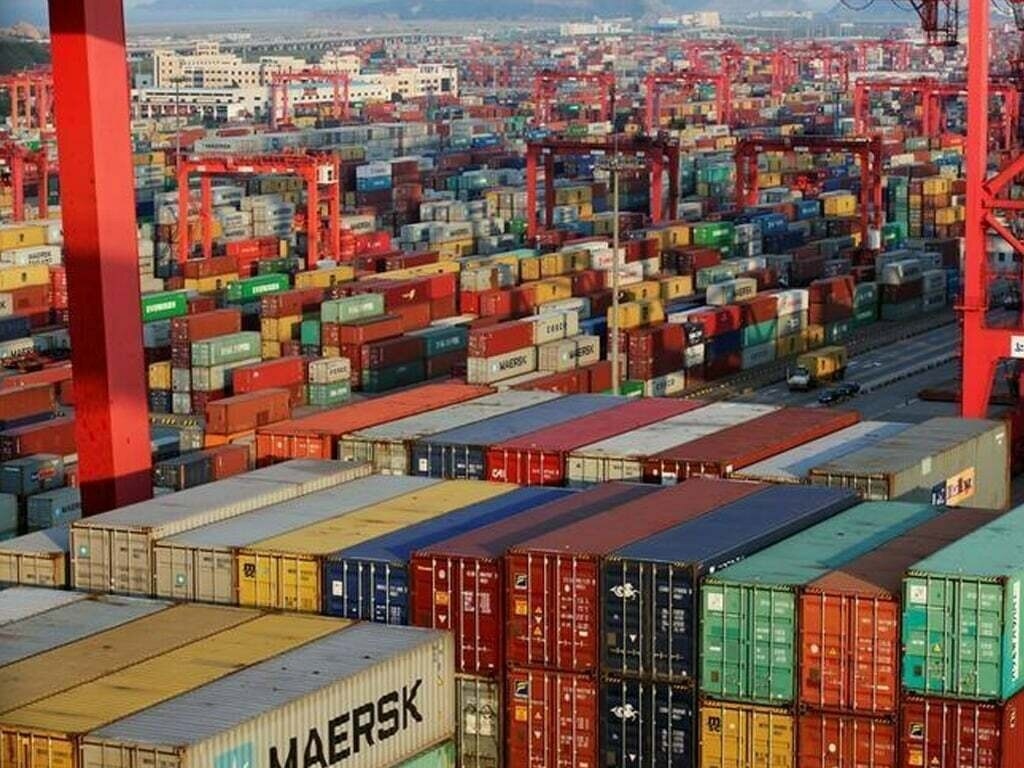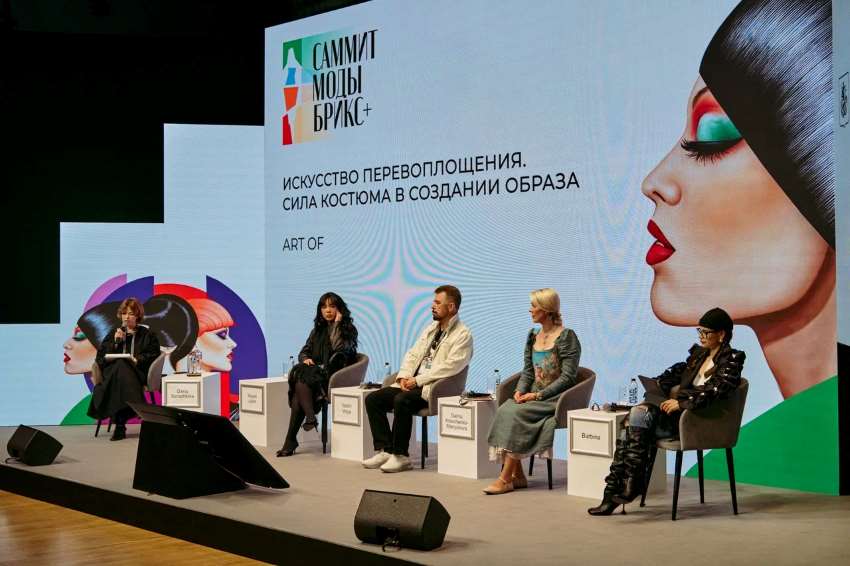"Blockchain was originally created as a public ledger for bitcoin, the crypto-currency. In the apparel industry, blockchain means more transparency when it comes to what apparel is made of, and where and how it is made. Daniel Newman, Principal Analyst and founding partner, Futurum Research explains blockchain can help lift the veil on supply chain. In a global economy, companies all over the world partner for manufacturing, agriculture, pharma development, etc. But as distance between companies grows, so does the ability to ensure that the products and processes agreed upon are actually followed when the final product is made. Blockchain can help combat fraud by verifying the legitimacy of every part of the supply chain process, helping both the buyer and manufacturer."
 Blockchain was originally created as a public ledger for bitcoin, the crypto-currency. In the apparel industry, blockchain means more transparency when it comes to what apparel is made of, and where and how it is made. Daniel Newman, Principal Analyst and founding partner, Futurum Research explains blockchain can help lift the veil on supply chain. In a global economy, companies all over the world partner for manufacturing, agriculture, pharma development, etc. But as distance between companies grows, so does the ability to ensure that the products and processes agreed upon are actually followed when the final product is made. Blockchain can help combat fraud by verifying the legitimacy of every part of the supply chain process, helping both the buyer and manufacturer.
Blockchain was originally created as a public ledger for bitcoin, the crypto-currency. In the apparel industry, blockchain means more transparency when it comes to what apparel is made of, and where and how it is made. Daniel Newman, Principal Analyst and founding partner, Futurum Research explains blockchain can help lift the veil on supply chain. In a global economy, companies all over the world partner for manufacturing, agriculture, pharma development, etc. But as distance between companies grows, so does the ability to ensure that the products and processes agreed upon are actually followed when the final product is made. Blockchain can help combat fraud by verifying the legitimacy of every part of the supply chain process, helping both the buyer and manufacturer.
Being more transparent can enhance consumer loyalty, which would be a boon for any store or brand in a competitive marketplace. Recent Cotton Incorporated Lifestyle Monitor Survey illustrates more than half of consumers (56 per cent) are less loyal to brands than they were a few years ago. However, consumers admit they would be more likely to buy clothes from stores that offer things like clothes made from 100 per cent cotton (81 per cent) and clothes made in the USA (76 per cent).
The way it works
Blockchain would work as a public digital ledger where each item being manufactured would be given a unique product identity that is then stored in the blockchain. As an item makes its way through the production system, each transaction needed to manufacture that product is validated on a digital ledger that is continually updated for everyone in that network. Once information is entered, it can’t be changed. All participants have access to the same data at the same time, allowing them to seamlessly find information and answer questions.
blockchain. As an item makes its way through the production system, each transaction needed to manufacture that product is validated on a digital ledger that is continually updated for everyone in that network. Once information is entered, it can’t be changed. All participants have access to the same data at the same time, allowing them to seamlessly find information and answer questions.
Elaborating on this, Lori Mitchell-Keller, Global General Manager of Consumer Industries, SAP, says both manufacturers and retailers should understand blockchain’s key capabilities. With blockchain technology, manufacturers have access to a living activity log, so they can manage the flow of goods, identify and track problems to any point within the supply chain and streamline processes. In addition, retailers who are purchasing apparel can benefit from the technology, particularly from the transparency, security and reliability it provides. Given that information on blockchain cannot be tampered with, retailers can ensure the items they sell are authentic and appropriately priced based on the products used and the overall manufacturing process.
As per Monitor Research, apparel manufacturers could more easily trace factors such as the fiber being used in their garments. It would also allow manufacturers and retailers to track and then promote natural fibre content to consumers. This is especially important, considering that consumers are willing to pay more to keep cotton from being substituted in their underwear (70 per cent), t-shirts (65 per cent), denim jeans (62 per cent), casual clothes (60 per cent), dress clothes (57 per cent), and activewear (55 per cent).
Finding faults early on
Mitchell-Keller pointed out that retailers can develop an authenticity trail from point-of-origin to point-of-use, reassuring consumers, as well as everyone along the global supply chain, that the products are authentic, transactions are protected, and operations are efficient. In addition, if there is an issue with a product, retailers can use blockchain to locate the affected batch and remove it from shelves faster than ever before. Blockchain’s revolutionary capabilities not only alleviate many points of friction in business transactions but they allow companies and individuals to easily exchange digital assets, positioning the technology for mass disruption.











